Korea
Korea Reinvigorates
Bilateral Ties with Australia

Korea exports K9 self-propelled howitzers to Australia.
©Yonhap News
WRITTEN BY
Sohn Ji-ae
Photos courtesy of
Yonhap News
The government focuses on exploring greater opportunities on the new frontiers of bilateral cooperation with its allies. President Moon Jae-in’s last overseas visit to Australia of 2021 shows his attention to middle powers that are closely intertwined with Korea through close, comprehensive trade links.
Since the COVID-19 pandemic has significantly changed the international order and battered the global economy, uncertainties prevail regarding the future course of the virus and economy as well. Many countries are desperate to look for new opportunities to revive their economy.
Korea, a country that has managed to weather the pandemic years so far, is also exploring greater opportunities to help set the nation up for success in the new year of 2022. One of its antidotes is to reinvigorate long-lasting, solid bilateral ties with not only big powers like the U.S. and China, but also middle powers of shared values and close economic links.
President Moon’s overseas visit to Australia in December 2021 signals his growing attention to the middle power for a bigger strategic picture on the economic realm from national defense to supply chain.
A New Milestone in Defense Trade
A defense deal was the headline of President Moon’s four-day diplomatic efforts in Canberra. Under the signed deal, Korean defense company Hanwha will send 30 K9 Thunder self-propelled howitzers and 15 K10 ammunition resupply vehicles to the Australian military.
The howitzers were co-developed in 1988 by Hanwha and the Agency for Defense Development exclusively with Korean technology. This is the first export of the domestic weapon to a member nation of the Five Eyes, an intelligence alliance comprising Australia, Canada, New Zealand, the U.K. and the U.S.
The deal was lauded as a major driving force for the Korean defense industry that will boost Seoul’s efforts to grow its military exports. President Moon said on Dec. 13 following a Korea-Australia summit that the contract “will herald enhanced strategic cooperation in the defense industry between the two countries.”
Mutual Prosperity in the Mining Industry
In terms of the bilateral trade with Australia, Korea cannot miss out on opportunities in the mining industry. Australia has the world’s second largest reserves of nickel, cobalt and lithium and sixth for rare-earth elements. In fact, nearly half of Korea’s total mineral imports comes from Australia and the imports account for almost 45 percent of the bilateral trade worth around USD 40 billion.
In addition, securing stable supplies of mineral resources has become challenging as many countries have stepped up their efforts for carbon neutrality by 2050, which exponentially increased overall demand for new minerals. According to the International Energy Agency, the demand for nickel, cobalt and lithium, which are essentials for rechargeable batteries and for the rare-earth elements indispensable for electric vehicles are forecast to surge in the next years.
In this respect, President Moon took advantage of his visit to Canberra to seize a deal with Prime Minister Scott Morrison to ensure Australian critical mineral exports for the nation. Furthermore, both sides agreed to work together throughout the entire mining cycle: exploration, development and production to mine disaster management. Exchanges of human resources and technological knowhow will be increased as well.
A Lot More Than Armored Vehicles, Minerals
Many experts believe that the shared future affirmed by both leaders is about a lot more than just deals on armored vehicles and minerals. Citing both countries’ heavy economic dependence on China, the U.S. news magazine The Diplomat wrote on Dec. 14 that “the two governments decided to pursue an economic diversification strategy that aims to reduce their external economic risks from China. In this respect, each country stands out as an ideal partner to the other in their shared pursuit of economic diversification.”
The Strategist, the commentary site of the Canberra-based think tank Australian Strategic Policy Institute (ASPI), also emphasized that Australia’s strong relationship with what it calls “one of the planet’s big tech leaders” will give the country a competitive edge in the digital era.
The big moves were made in President Moon’s visit to Australia and these certainly opened a new door to providing more substance and momentum to the continuously developing bilateral ties between the two countries.
Other Articles
-
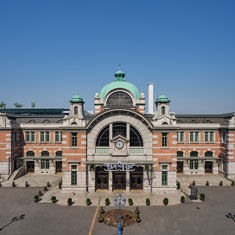
Special Ⅰ Linking Time and Space
-
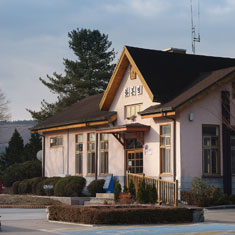
Special Ⅱ Day Trip to a Flag Station
-

Trend Tasty Stations
-

Hidden View Electric Night
-
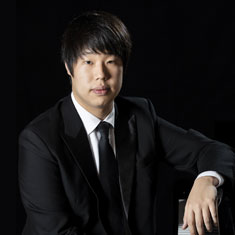
Interview Pianist Jae Hong Park
-
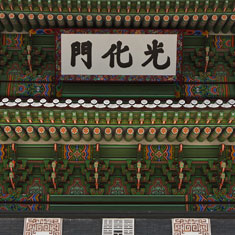
Art of Detail Brilliant Boards
-

Film & TV Hellbound
-

Collaboration Gucci Gaok
-
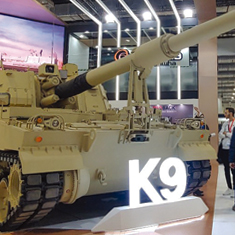
Current Korea Korea Reinvigorates Bilateral Ties
-

Global Korea Museum Night:Korean Cultural Center Opens at Night
